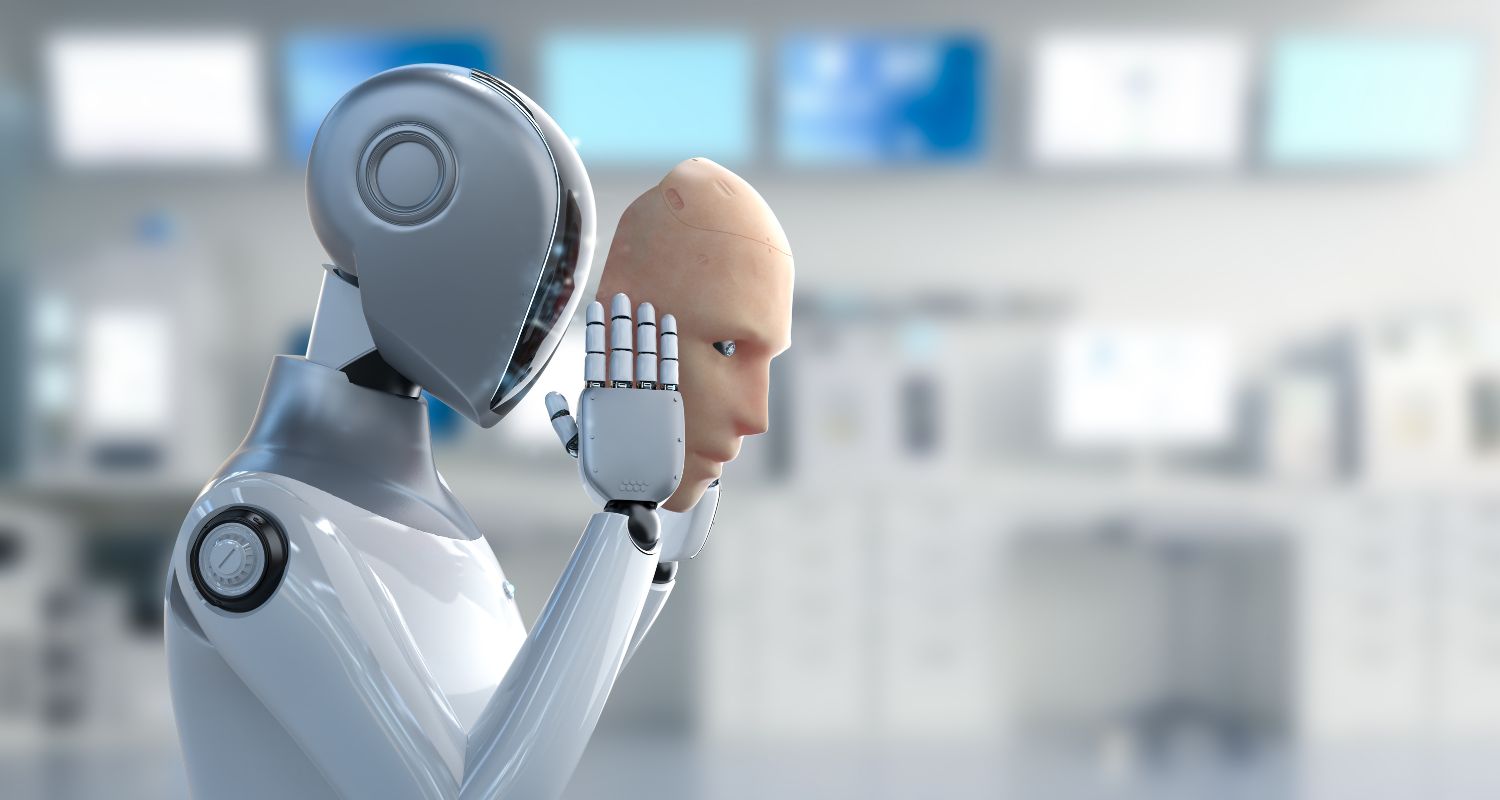
Postcard from Las Vegas
Opinions expressed whether in general or in both on the performance of individual investments and in a wider economic context represent the views of the contributor at the time of preparation.
The 30-second summary: Two days in Las Vegas at the world’s largest technology tradeshow allowed us to gain a series of valuable insights into some of the key trends that will likely matter in the future. Much of what we learned confirmed the current thinking that underpins many of the investments in the Heptagon Future Trends Equity Fund (from Amazon to Valeo) as well as providing new topics on which to do further research.
Most visitors to Las Vegas come for the glamour of its bright lights, casinos and general excess. However, every January the city plays host to the Consumer Electronics Show (CES), the world’s largest technology tradeshow globally, which provides a sneak preview into the most important upcoming technology trends. Now in its 50th year (and its 19th in Vegas; previously, the event was held in New York), CES has come a long way from its origins. Back in 1967, some 17,000 attendees were privileged to witness the likes of black and white televisions and transistor radios. This year, close to 200,000 people – including the author of your note – descended to the 2.5m square feet of exhibition space covering Vegas. Smart devices, robots, drones and autonomous cars dominated. Our five key insights follow:
Absence rather than presence speaks volumes: Perhaps not the most obvious point on which to begin, but a crucial one. An event such as CES emphasises style over substance. Across the show, there were countless new, fascinating and often useless devices and applications on display (of which more below). However, it was notable that the largest technology players such as Amazon, Apple, Facebook, Google and Microsoft were conspicuous by their absence. They chose not to host dedicated events or occupy large segments of floor space, probably because they felt little need, in our view. Listen carefully, and beyond the hype nearly every person with whom we spoke cited the crucial role being played by these businesses. It was abundantly clear to us that technology remains an enabler. This matters more than snazzy physical devices. The success or failure of many future visions presented at CES will ultimately be dictated by efficient cloud storage, data analysis and the application of (artificial) intelligence to large datasets.
The rise of the autonomous vehicle: Nearly every major car manufacturer had a presence at Las Vegas and the prevailing consensus was that cars were becoming more intelligent with greater degrees of autonomy. However, the more interesting conversations we had at CES were again with the enablers. At least five crucial elements are required to make the autonomous car work: safety systems, connectivity, positioning software, infotainment and electrification. Against this background, lithium-ion battery manufacturers (particularly Tesla, whose gigafactory in nearby Reno went successfully live last week), mapping providers (such as TomTom) and the manufacturers of safety systems (such as Valeo) stood out as being clear beneficiaries. Interestingly, there also seemed to be an emerging view from several participants that full auto autonomy may come to China earlier than elsewhere, because of a combination of current pollution levels, lower emotional attachment to the car and – crucially – a higher willingness on the part of the government to implement necessary policy.
Robotics as a service: We have been writing about and investing in industrial robotics businesses since 2012. The case for automating large-scale factory production of items such as cars or electronic goods is clear and brings notable benefits in terms of efficiency and cost savings. This trend remains pervasive and continues only to grow in importance. Some 90% of robots in existence today are used for industrial purposes, with the remaining 10% classified as service robots. Looking ahead, and based on the evidence of what we witnessed at CES, this balance is set to shift increasingly in favour of service robots. On display were robots being deployed into the healthcare sector (for remote consultations, medicine dispensing and general monitoring), security (intrusion detection and the replacement of human guards), hospitality (providing information services in locations such as airports and train stations), home education (the delivery of visual presentations and curriculum materials) and general companionship. Many of the innovations seem to be gaining ground first in Asia and we saw examples of coffee shops and certain borders (a port in China, for example) being manned almost exclusively by robots. Expect this trend to grow in significance and come to the west, with healthcare provision for the aged being a likely high priority.
A lot of hype about ‘smart’: Beyond doubt, this was the most over-employed term at CES with everything from smart toothbrushes and hairbrushes (which can tell you how well you are brushing and whether you are doing it for the appropriate length of time) to items for kitchens (fridges that will alert you to when your food may be going off and dustbins which will scan barcodes of discarded items). Many of these inventions spoke more to the need for novelty rather than being fundamentally useful. To our mind and from our discussions with several participants, the major problems with the growing ‘internet of things’ are as follows. First, most items typically lack interoperability and so may not be able to communicate with (multiple) other devices simultaneously, thereby rendering their accumulated data sets less relevant. Next, as more things get connected to the internet, the greater becomes the problem of security and the risk of hacking. Very few businesses in attendance seemed to have given this problem full consideration; often, the suggestion was that the challenge lay with cloud storage/ service providers rather than themselves. We believe cyber-security will become an increasingly important topic. Elsewhere, drones also received a lot of hype and remain an area of limited interest to us for now. Security also remains an issue here, as does regulation.
Mixed (or merged) reality is the new reality: The first virtual reality headsets (such as the Oculus) are now almost a year old. Some of the initial hype around this trend has now died down, and it was evident from the tone at CES that many businesses are now taking a more mature approach to the uses to which this technology may now be deployed. Just as the boundaries between online and offline retail have become increasingly blurred, so it seems likely that the same could occur here, with adopters shifting more and more between the real world and those of augmented and virtual reality. To take an example, one might wish to book a table at a restaurant: first stop would be its website and maybe the chance to read some reviews; then would be a quick virtual tour with VR goggles and a chance to see what it might feel like to sit at a certain table before actually making a booking. Indeed, 80% of consumers interviewed by Ericsson in a recent survey believe that the boundaries between virtual reality and fixed reality will be potentially indistinguishable within three years. Under scenarios of limited rather than fully immersive usage, battery life and processing power become less critical factors in making the experience enjoyable. Watch this space as the industry grows in importance over time.
Alexander Gunz, Fund Manager, Heptagon Capital
Disclaimers
The document is provided for information purposes only and does not constitute investment advice or any recommendation to buy, or sell or otherwise transact in any investments. The document is not intended to be construed as investment research. The contents of this document are based upon sources of information which Heptagon Capital LLP believes to be reliable. However, except to the extent required by applicable law or regulations, no guarantee, warranty or representation (express or implied) is given as to the accuracy or completeness of this document or its contents and, Heptagon Capital LLP, its affiliate companies and its members, officers, employees, agents and advisors do not accept any liability or responsibility in respect of the information or any views expressed herein. Opinions expressed whether in general or in both on the performance of individual investments and in a wider economic context represent the views of the contributor at the time of preparation. Where this document provides forward-looking statements which are based on relevant reports, current opinions, expectations and projections, actual results could differ materially from those anticipated in such statements. All opinions and estimates included in the document are subject to change without notice and Heptagon Capital LLP is under no obligation to update or revise information contained in the document. Furthermore, Heptagon Capital LLP disclaims any liability for any loss, damage, costs or expenses (including direct, indirect, special and consequential) howsoever arising which any person may suffer or incur as a result of viewing or utilising any information included in this document.
The document is protected by copyright. The use of any trademarks and logos displayed in the document without Heptagon Capital LLP’s prior written consent is strictly prohibited. Information in the document must not be published or redistributed without Heptagon Capital LLP’s prior written consent.
Heptagon Capital LLP, 63 Brook Street, Mayfair, London W1K 4HS
tel +44 20 7070 1800
email [email protected]
Partnership No: OC307355 Registered in England and Wales Authorised & Regulated by the Financial Conduct Authority
Heptagon Capital Limited is licenced to conduct investment services by the Malta Financial Services Authority.



